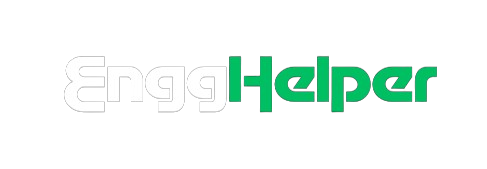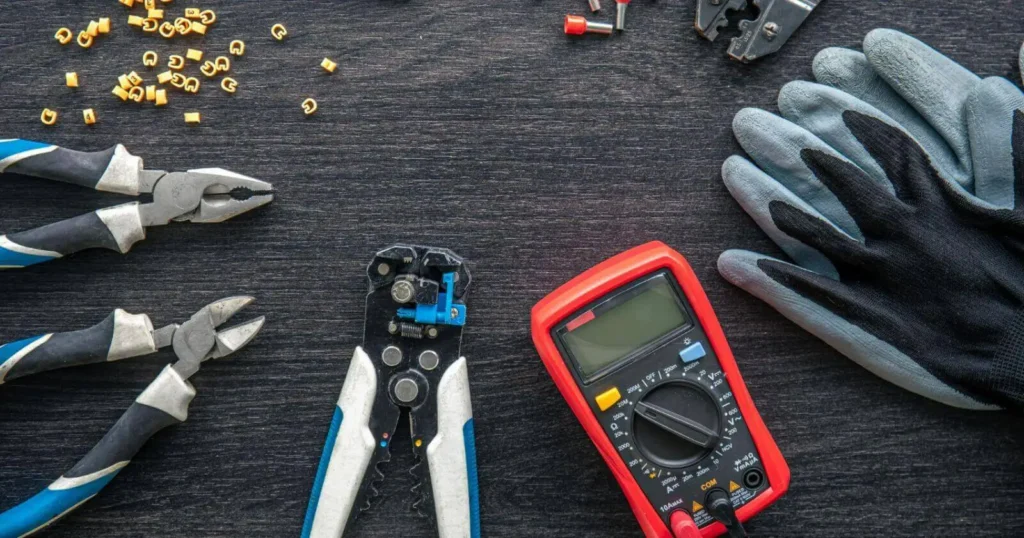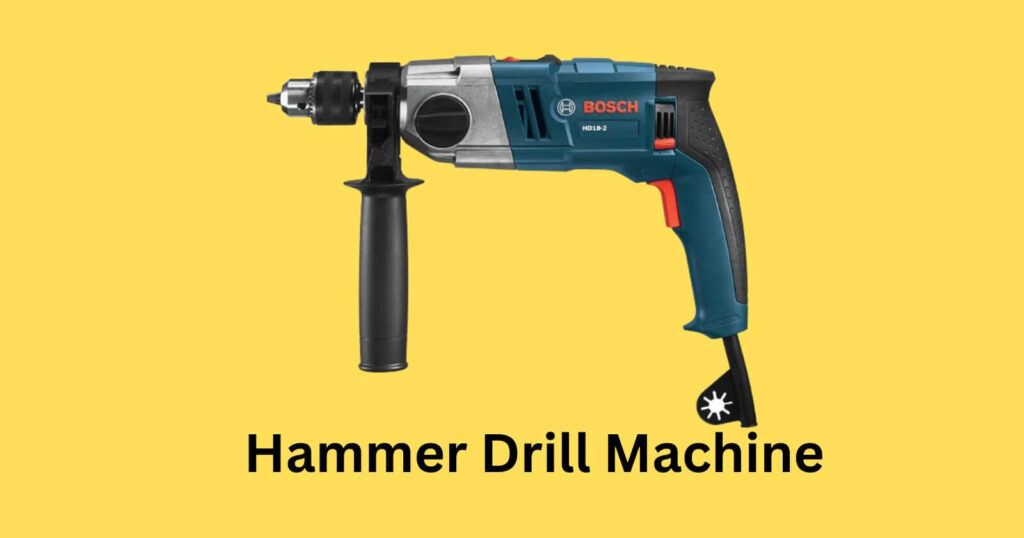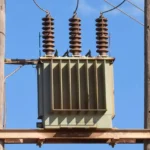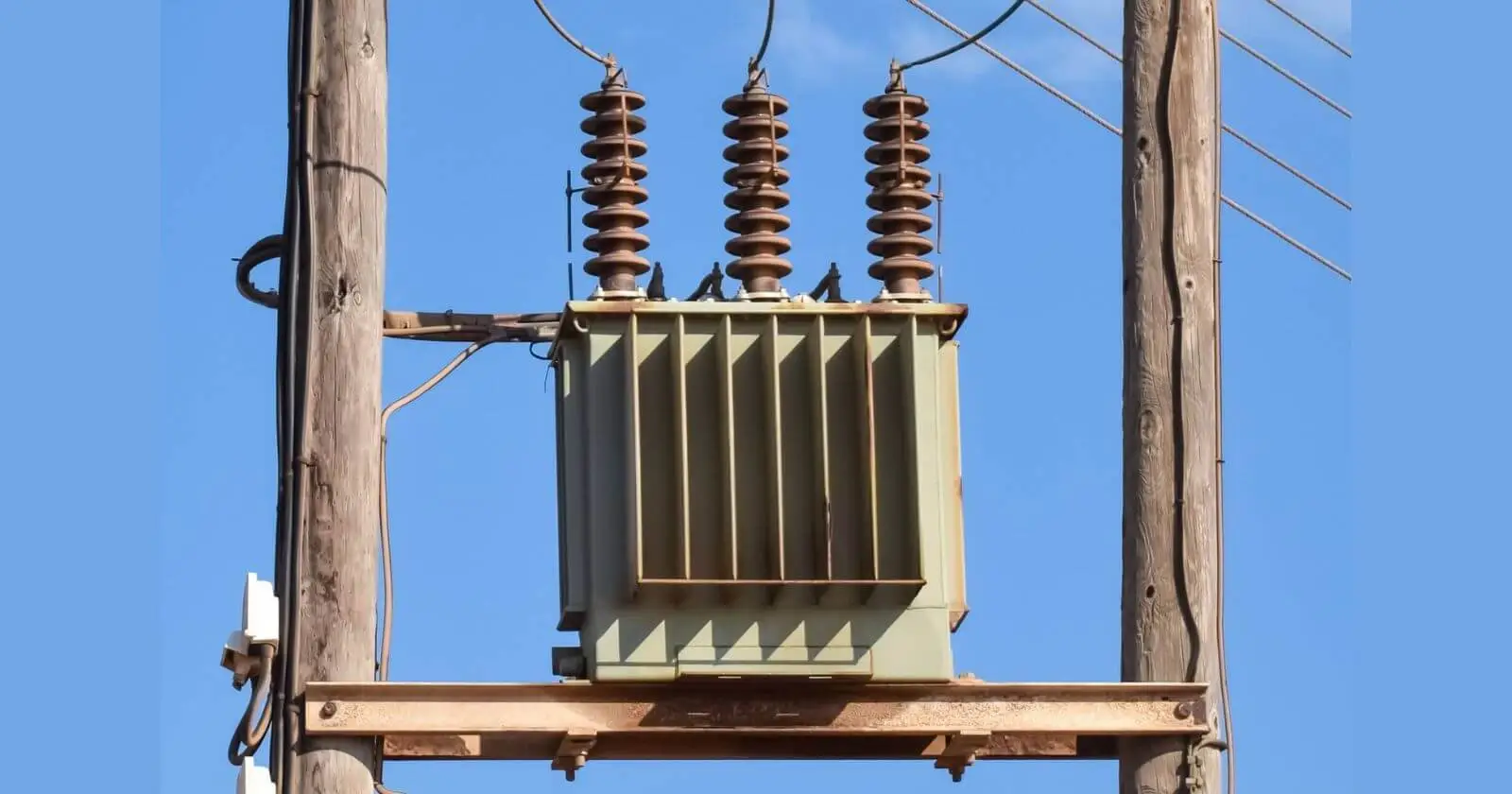What is an Electric Motor?
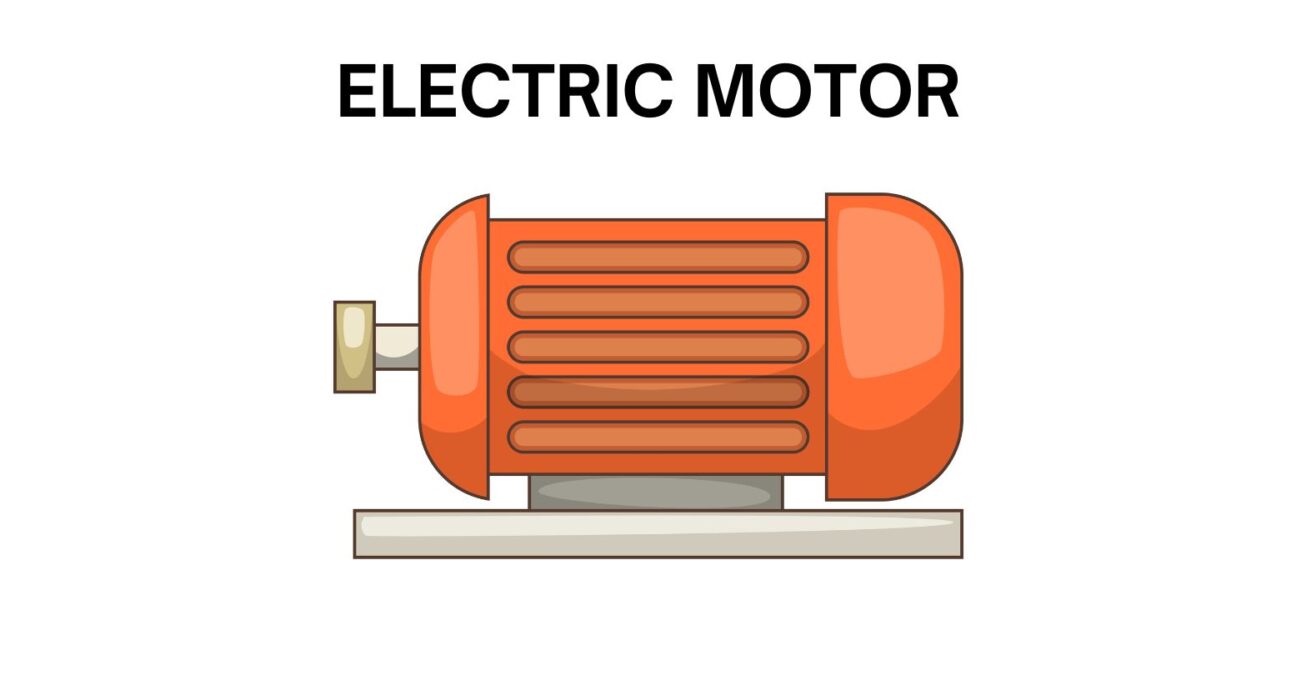
The device that converts electrical energy into mechanical energy is called a motor. In simple words, it is the motor in which electrical power is input and mechanical power is output. The structure of the motor and generator is almost the same but opposite to each other in terms of work.
Types of Electric Motors
Electric motors are built based on Farad’s law of induction, according to the type of current flowing in the motor. Motors are generally of two types.
- AC Motor
- DC Motor
DC moto
AC Motor
Motors that run on AC or alternator current are called AC motors. In other words, the motors that receive AC power or alternating current as their input are called AC motors.
AC motors are of two types:
- Synchronous
- Asynchronous / Induction Motor
Synchronous Motor: A synchronous motor is a motor that rotates at the same speed in a no-load or full-loading state. The speed of this motor depends on its number of poles and frequency. This motor does not change with the change of load.
Characteristics of Synchronous Motor:
- Always runs at the same speed from no load to full load.
- Synchronous motor can be operated as an alternator. Because the structure of the Alternator and the Synchronous Motor is the same.
- No slip is used
- A synchronous motor cannot start by itself.
- Can run at any power factor.
- Hunting originated.
What is Electrical Engineering?
Asynchronous / Induction Motor: Induction motor is a type of AC motor that works on the principle of induction. In this motor, due to the electromagnetic induction of the motor, the rotor coil generates an EMF or electromotive force, which causes the motor to rotate. So this motor is named induction motor. Among the AC motors, induction motors are used more.
Characteristics of Induction Motor:
- Induction motors can start automatically.
- The speed of induction motor can be controlled very easily.
- As the load of the induction motor increases, its speed decreases.
- The construction and operation of induction motors is very simple. So for this purpose, induction motors are used everywhere.
- Induction motor speed is less than synchronous speed.
- The induction motor runs at the legging power factor.
- Hunting does not occur
Induction Motors are of two types:
- Single-phase induction motor
- Three-phase Induction motor
DC Motor
Motors that run on DC or direct current are properly called. The structure and principle of the DC motor and DC generator are the same.
DC Motors are of two types:
- Permanent Magnet
- Series Motor
- Shunt Motor
- Compound Motor
Final Thoughts
Electric motors are the backbone of modern technology, powering a vast array of applications across different sectors. Understanding their working principles, types, and applications provides valuable insights into their significance and potential. As we move towards a more sustainable and technologically advanced future, electric motors will continue to play a pivotal role, in driving innovation and improving the quality of life.

